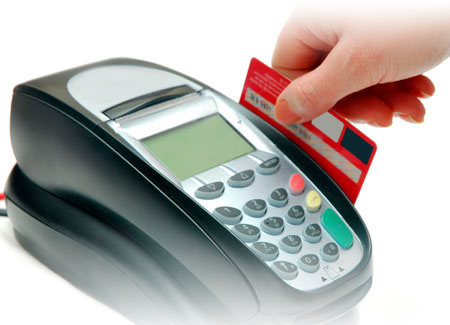|
|
|
|
CHAPTER 12: What to Do When Your Merchant Account Is Shut Down
What to Do When Your Merchant Account Is Shut Down
1. The very first thing you should do is find out the reason for the termination. Don’t guess what it is, but ask your processor for a written statement. They will also tell you whether or not your business and you personally, as the business’ owner, would be placed on the Terminated Merchant File (TMF) / MATCH list.
2. Make sure you save your six latest processing statements, while you still have access to your terminated merchant account’s online reporting system. You will need to provide them later during the new application process.
3. Contact high-risk payment processors. At this stage, whether you were placed on the TMF or not, you need to start looking for a high-risk processor. The First Datas and Chase Paymentechs of the world would be of no use for you. Whatever the reason for the termination, it would be enough to scare them away.
4. When you start contacting the high-risk processors you’ve chosen, be completely honest about your situation. This is where we typically have the most difficulties, as merchants would inevitably try to present their situation in a way that would make it appear better than it actually is. Don’t do that, it works against you. The processor will find out precisely what happened with your last merchant account during the application process. Having given them false information would cause the processor not to trust you and you would end up getting worse terms than you might have been offered, had you been more straightforward. That is, you would get worse terms if the processor decides to work with you in the first place. Just because they call themselves a “high-risk processor”, they don’t work with everyone. Keep in mind that high-risk processing is difficult enough as it is, so there is no need to make it even more difficult.
In particular, tell them if you were placed on the TMF. Again, the processor would find out anyway, so it makes no sense to keep the information from them. Moreover, setting up a merchant account for a TMF-ed business is a completely different type of thing, so by trying to make it seem as if you were not on the list, you’d be wasting everyone’s time.
5. Fill out all of the paperwork and provide all of the documents the processor asks for. This is critical! Don’t complain about how much paperwork is being requested and how time-consuming it is to go through it all, we know! If there were a way to simplify the process, we would have done it. We have to deal with banks all over the world, various regulatory environments, a multitude of national regulations, etc. So just supply the requested documents as quickly as you can and let us do our job.
6. Be patient. The high-risk underwriting process takes longer to complete than the one for regular merchant accounts. To a degree, it makes sense, as processors have to be extra cautious with merchants who have managed to get their accounts shut down by other service providers. Still, the fact is that the underwriting process can sometimes take much longer than it could be conceivably justified. Yet, it is the way it is.
7. Once your application is approved and your account is up and running, be prepared to be under close scrutiny. It is very likely that your processor will closely monitor your activity to ensure that you are in compliance with the terms of your agreement. You may be asked to provide proof of some, or even all, transactions. If you are, don’t argue with your processor, but give them what they ask for, quickly. Once they are satisfied that you are using your merchant account properly, they will take a step back and let up the pressure.
8. Make sure you remain in full compliance with the terms of your agreement. For as long as you do that, you will stand a very good chance to keep your merchant account alive.
The Takeaway
So there it is. The bottom line is that, as processors, we have to comply with all kinds of regulations and there are no shortcuts we can take to make the process much simpler or shorter. At the same time, keep in mind that it is in our best interest to find a way to work with you, as we can only make money when you do. If you follow my suggestions, you stand a very good chance to get a new merchant account and, crucially, to keep it for as long as you need it.
|
|
|
















